NVIDIA, a leading graphics processing unit (GPU) manufacturer, has unveiled the NVIDIA h100, a revolutionary GPU gas...
Latest posts
-
 Servers and Data Centers05/15/2024
Servers and Data Centers05/15/2024Data centers and servers are the backbone of today's digital world. They store, process and transmit huge amounts of...
-
 Post-lease IT equipment - Is it worth it?05/15/2024
Post-lease IT equipment - Is it worth it?05/15/2024As companies and individuals are constantly upgrading their IT equipment, the need to properly dispose of or reuse...
-
 ITAD and E-Waste Recycling, What are the differences?05/15/2024
ITAD and E-Waste Recycling, What are the differences?05/15/2024Electronic devices, for example smartphones, laptops, televisions, household appliances, are an integral part of our...
-
 Your data, your customers data in the wrong hands?05/15/2024
Your data, your customers data in the wrong hands?05/15/2024The security of personal data and its confidentiality are very important in these times. While most companies are...
-
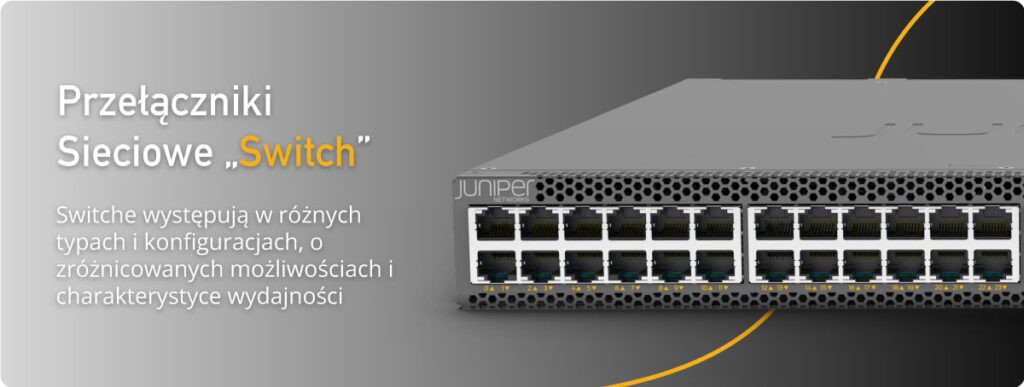 Network switches - What you should know05/15/2024
Network switches - What you should know05/15/2024Switches are an essential part of computer networks, providing a way of connecting devices together to allow...
-
 What is Cybersecurity?05/15/2024
What is Cybersecurity?05/15/2024The rapid pace of technological progress has brought unprecedented opportunities for innovation, communication and...
-
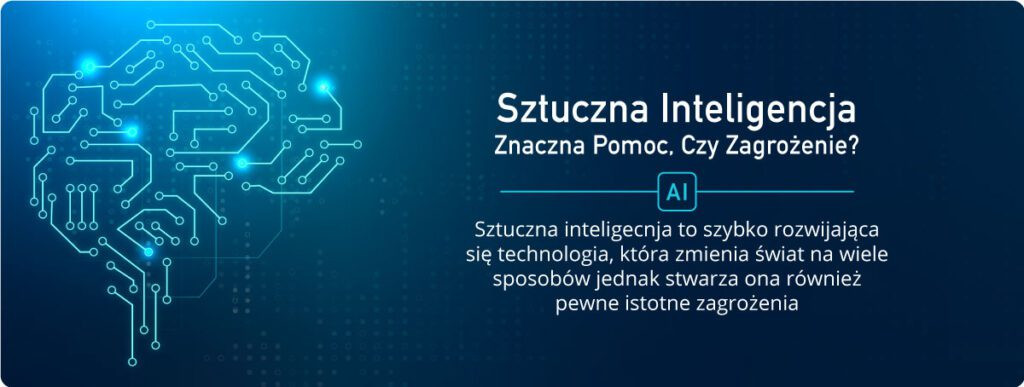 Artificial intelligence - Significant help or threat?05/15/2024
Artificial intelligence - Significant help or threat?05/15/2024Artificial Intelligence (AI) is a rapidly developing technology that is changing the way we live and work. From...
-
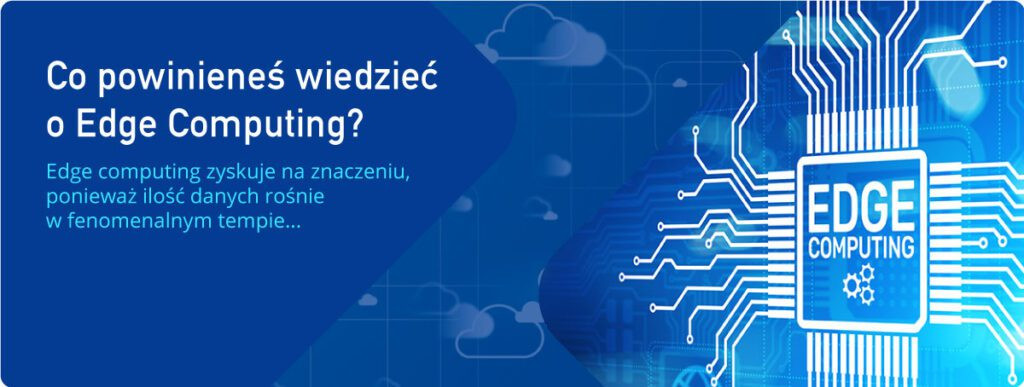 What is Edge Computing?05/15/2024
What is Edge Computing?05/15/2024The development of edge computing technology has revolutionized the way we think about data processing and storage....
-
 HPE FRONTIER - The world's most powerful supercomputer05/15/2024
HPE FRONTIER - The world's most powerful supercomputer05/15/2024The Hewlett Packard Enterprise (HPE) Frontier supercomputer is one of the most powerful supercomputers in the world....
-
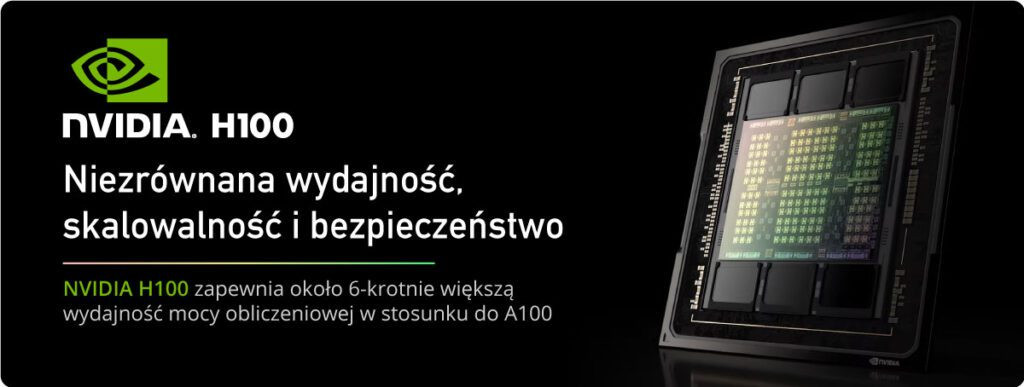 NVIDIA H100 - Revolutionary graphics accelerator for high-performance computing05/15/2024
NVIDIA H100 - Revolutionary graphics accelerator for high-performance computing05/15/2024NVIDIA, a leading graphics processing unit (GPU) manufacturer, has unveiled the NVIDIA h100, a revolutionary GPU gas...
-
 Servers and Data Centers05/15/2024
Servers and Data Centers05/15/2024Data centers and servers are the backbone of today's digital world. They store, process and transmit huge amounts of...
-
 Post-lease IT equipment - Is it worth it?05/15/2024
Post-lease IT equipment - Is it worth it?05/15/2024As companies and individuals are constantly upgrading their IT equipment, the need to properly dispose of or reuse...
-
 ITAD and E-Waste Recycling, What are the differences?05/15/2024
ITAD and E-Waste Recycling, What are the differences?05/15/2024Electronic devices, for example smartphones, laptops, televisions, household appliances, are an integral part of our...
Search in blog
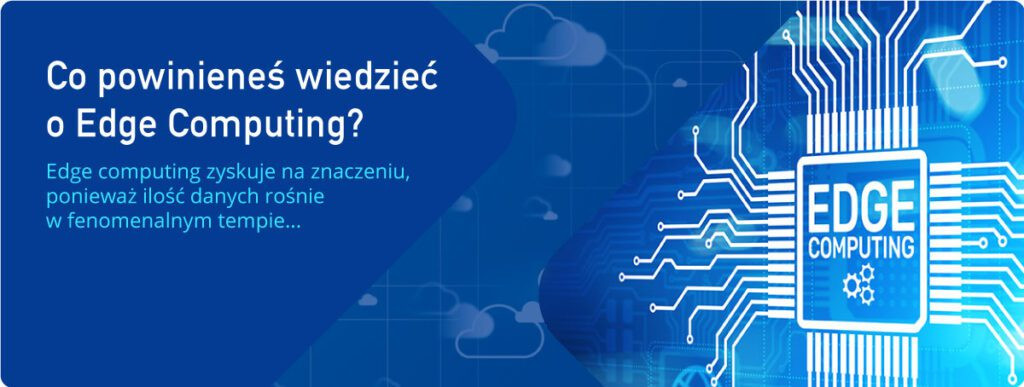
What is Edge Computing?
The development of edge computing technology has revolutionized the way we think about data processing and storage. With the growing demand for faster and more efficient access to data and applications, edge computing has emerged as a savior of sorts. In this article, we will explore the concept of this technology in the context of servers, including its definition, history and applications. We will also discuss the features, advantages and disadvantages of this solution in servers and the latest trends and technologies in this field.
Edge Computing. What is it?
Edge computing is a distributed processing model that brings data processing and storage closer to where it is needed to reduce latency and increase efficiency. This concept was first introduced in 2014 and has since gained popularity due to the growth of the Internet of Things (IoT) and the need for real-time data processing.
History behind it
Its origins can be traced to the concept of distributed computing, which dates back to the 1970s. However, the specific term "edge computing" was coined in 2014 by Cisco, which recognized the need for a new computing model to handle the growing number of IoT devices.
How does it work?
Edge computing involves deploying small low-powered computers, known as edge devices, at the edge of the network, closer to where the data is generated. These edge devices process and store data locally, and send only the most relevant data to the cloud for further processing and storage. This reduces the amount of data that must be sent to the cloud, thereby reducing latency and improving response time.
Edge computing in the context of servers
Edge computing is increasingly being applied to servers, especially in the context of edge data centers. Edge data centers are smaller data centers that are located closer to end users to provide faster access to data and applications. By deploying edge servers in these locations, enterprises can improve the performance of their applications and reduce latency.
Server aiming features
Edge computing in servers offers a number of key features, including:
- Low latency – processing data locally, edge servers can provide users with real-time responses.
- Scalability – edge servers can be easily scaled up or down as needed, allowing companies to respond quickly to changes in demand.
- Safety – by processing data locally, edge computing helps improve data security and privacy, as sensitive data does not need to be transmitted over the network.
- Cost effectiveness – by reducing the amount of data that must be sent to the cloud, edge computing can help reduce the cost of cloud storage and processing.

Advantages of edge computing in servers
Edge computing in servers offers a number of benefits to enterprises, including:
- Improving performance – By reducing latency and improving response time, edge computing can help companies deliver faster and more responsive applications.
- Improved reliability – Processing data locally, edge servers can help ensure that applications remain operational even if connectivity to the cloud is lost.
- Greater flexibility – By deploying edge servers, companies can choose to process data locally or in the cloud, depending on their specific needs.
- Enhanced security – By processing data locally, edge computing can help improve data security and privacy.
Disadvantages of edge computing in servers
While edge computing in servers offers many benefits, there are also some potential drawbacks to consider. These include:
- Increased complexity – Deploying edge servers requires careful planning and management, and can add complexity to the overall IT infrastructure.
- Higher costs – Deploying edge computing can be more expensive than relying solely on cloud infrastructure, due to the need to purchase and maintain additional hardware.
- Limited processing power – Edge servers may have limited processing power compared to cloud servers, which may affect their ability to handle large amounts of data.
Summary
Edge computing is a powerful technology that can help businesses improve the performance, reliability and security of their applications. By deploying edge servers, companies can enjoy the benefits of edge computing while taking advantage of the scalability and cost-effectiveness of cloud computing. However, it is important to carefully consider the potential advantages and disadvantages of edge computing before deciding to implement it.
Related posts
-
 Programmable computer networks. Evolution of data transfer.
Posted in: Default category05/15/2024Computer hardware is increasingly being factory-equipped with high-speed 2.5G, 5G and even 10G network cards and...Read more
Programmable computer networks. Evolution of data transfer.
Posted in: Default category05/15/2024Computer hardware is increasingly being factory-equipped with high-speed 2.5G, 5G and even 10G network cards and...Read more -
 Artificial intelligence in cloud computing
Posted in: Default category05/15/2024Artificial Intelligence has become one of the hottest topics in the IT world in the last few years.Read more
Artificial intelligence in cloud computing
Posted in: Default category05/15/2024Artificial Intelligence has become one of the hottest topics in the IT world in the last few years.Read more -
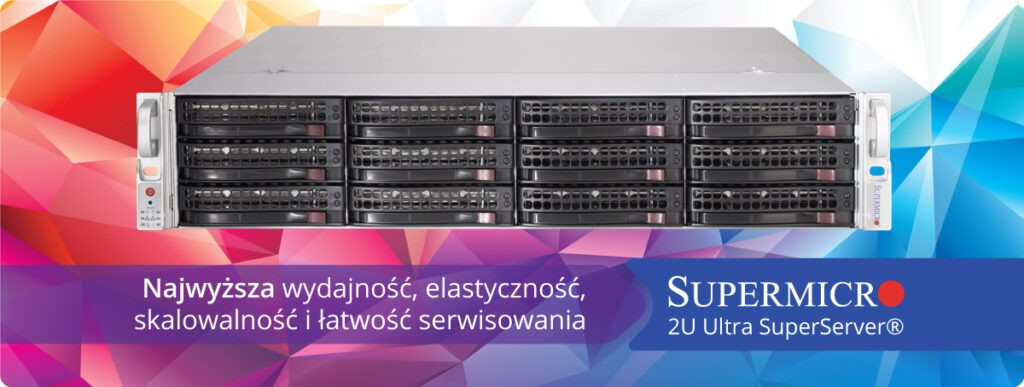 Supermicro Ultra SuperServer
Posted in: Default category05/15/2024Supermicro Ultra SuperServer® is Supermicro's 11th-generation, high-performance general-purpose server. Ultra is...Read more
Supermicro Ultra SuperServer
Posted in: Default category05/15/2024Supermicro Ultra SuperServer® is Supermicro's 11th-generation, high-performance general-purpose server. Ultra is...Read more -
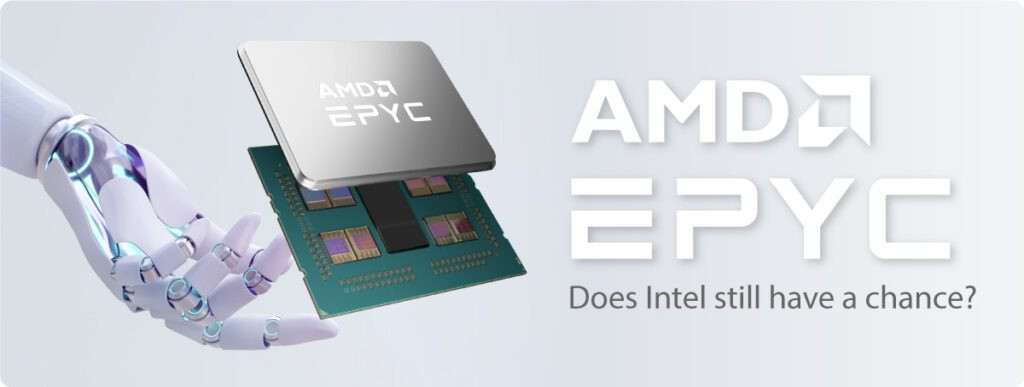 AMD EPYC - Does Intel still have a chance?
Posted in: Default category05/15/2024The AMD EPYC 7643 from the Milan family was noticed in the Geekbench benchmark database.Read more
AMD EPYC - Does Intel still have a chance?
Posted in: Default category05/15/2024The AMD EPYC 7643 from the Milan family was noticed in the Geekbench benchmark database.Read more -
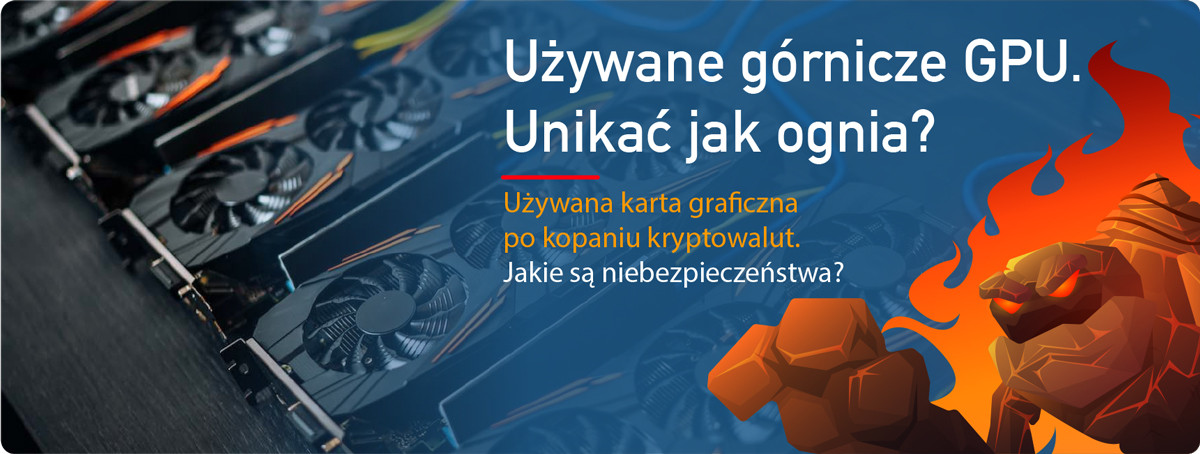 Used mining GPU. Avoid like the fire?
Posted in: Default category05/15/2024Usually, you may want to avoid graphics cards that have been used around the clock to mine cryptocurrency.Read more
Used mining GPU. Avoid like the fire?
Posted in: Default category05/15/2024Usually, you may want to avoid graphics cards that have been used around the clock to mine cryptocurrency.Read more -
 Programmable computer networks. Evolution of data transfer.
Posted in: Default category05/15/2024Computer hardware is increasingly being factory-equipped with high-speed 2.5G, 5G and even 10G network cards and...Read more
Programmable computer networks. Evolution of data transfer.
Posted in: Default category05/15/2024Computer hardware is increasingly being factory-equipped with high-speed 2.5G, 5G and even 10G network cards and...Read more -
 Artificial intelligence in cloud computing
Posted in: Default category05/15/2024Artificial Intelligence has become one of the hottest topics in the IT world in the last few years.Read more
Artificial intelligence in cloud computing
Posted in: Default category05/15/2024Artificial Intelligence has become one of the hottest topics in the IT world in the last few years.Read more -
 Supermicro Ultra SuperServer
Posted in: Default category05/15/2024Supermicro Ultra SuperServer® is Supermicro's 11th-generation, high-performance general-purpose server. Ultra is...Read more
Supermicro Ultra SuperServer
Posted in: Default category05/15/2024Supermicro Ultra SuperServer® is Supermicro's 11th-generation, high-performance general-purpose server. Ultra is...Read more -
 AMD EPYC - Does Intel still have a chance?
Posted in: Default category05/15/2024The AMD EPYC 7643 from the Milan family was noticed in the Geekbench benchmark database.Read more
AMD EPYC - Does Intel still have a chance?
Posted in: Default category05/15/2024The AMD EPYC 7643 from the Milan family was noticed in the Geekbench benchmark database.Read more -
 Used mining GPU. Avoid like the fire?
Posted in: Default category05/15/2024Usually, you may want to avoid graphics cards that have been used around the clock to mine cryptocurrency.Read more
Used mining GPU. Avoid like the fire?
Posted in: Default category05/15/2024Usually, you may want to avoid graphics cards that have been used around the clock to mine cryptocurrency.Read more -
 Programmable computer networks. Evolution of data transfer.
Posted in: Default category05/15/2024Computer hardware is increasingly being factory-equipped with high-speed 2.5G, 5G and even 10G network cards and...Read more
Programmable computer networks. Evolution of data transfer.
Posted in: Default category05/15/2024Computer hardware is increasingly being factory-equipped with high-speed 2.5G, 5G and even 10G network cards and...Read more
